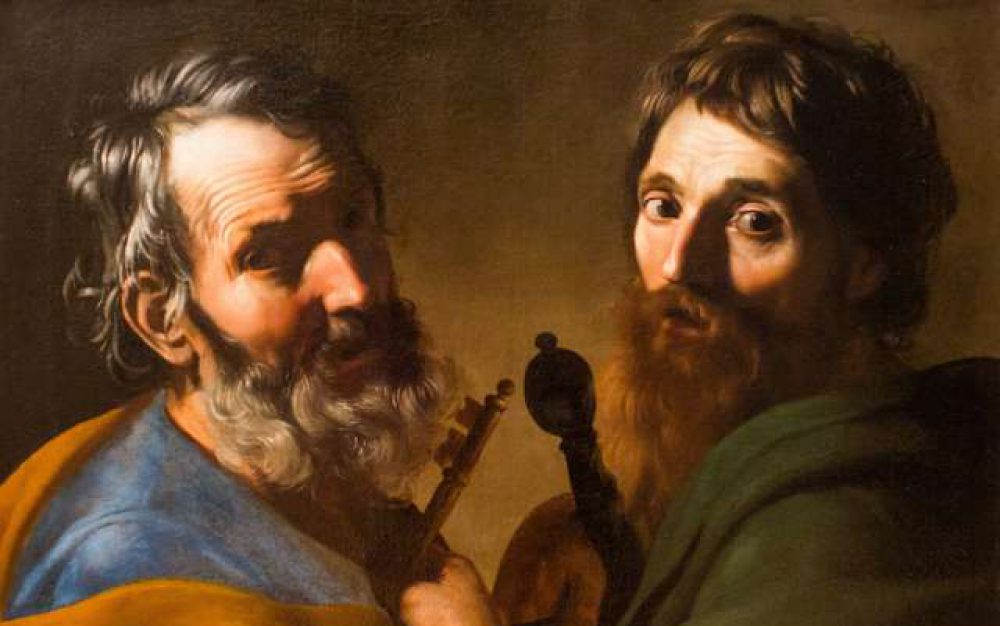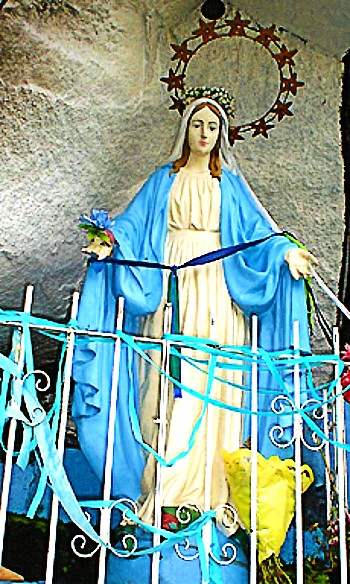The Tenth Sunday after Pentecost
The Transfiguration of Our Lord
https://anastpaul.com/2018/08/06/feast-of-the-transfiguration-of-the-lord-6-august-todays-gospel-mark-92-10/
AND:
https://anastpaul.wordpress.com/2017/08/06/august-6-the-feast-of-the-transfiguration-of-the-lord/
AND:
https://anastpaul.com/2022/08/06/the-transfiguration-of-our-lord-6-august/
St Pope Sixtus II/ Xystus (Died 258) Pope and Martyr, Philosopher. 25th Pope from St Peter. Papal Ascension 30 August 257. He was Martyred along with seven deacons, (St Lawrence of Rome a few days later) during the persecutions of Christianity by Emperor Valerian. This is the St Sixtus who is commemorated in the Roman Canon Eucharistic Prayer.
His Life and Death:
https://anastpaul.com/2021/08/06/saint-of-the-day-6-august-saint-sixtus-ii-died-258-pope-and-martyr/
Nossa Senhora das Graças / Our Lady of Graces, Pesqueira, Pernambuco, Northeast, Brazil (1936) – 6 August :
HERE:
https://anastpaul.com/2021/08/06/feast-of-the-transfiguration-of-our-lord-nossa-senhora-das-gracas-our-lady-of-graces-pesqueira-pernambuco-northeast-brazil-1936-and-memorials-of-the-saints-6-august/
St Gezelin of Schlebusch O.Cist. (Died 1149) Lay Brother of the Cistercian Order, Hermit.
St Gislain of Luxemburg
St Glisente of Brescia
Bl Goderanno
Bl Guillermo Sanz
St Hardulf of Breedon
St Pope Hormisdas (c 450-523) Bishop of Rome from 514 until his death in 523. A talented diplomat, arbitrator and negotiator.
His Life:
https://anastpaul.com/2019/08/06/saint-of-the-day-6-august-saint-pope-hormisdas-c-450-523/
St James the Syrian
St Justus and St Pastor of Alcala – Holy Martyred Children (Died 304) Saints Justus and Pastor of Alcala were two brothers, who in their tender age overcame, with an heroic courage, the rage and power of Dacian, armed with all the instruments of cruelty.
The Martyred Children:
https://anastpaul.com/2020/08/06/saints-of-the-day-6-august-saints-justus-and-pastor-the-holy-martyred-children-of-alcala-de-henares-in-spain-died-304/
Bl Octavian of Savona
St Stephen of Cardeña
Bl William of Altavilla
Martyrs of Cardeña: Two hundred Benedictine Monks at the Saint Peter of Cardegna monastery, Burgos, Spain who were Martyred in the 8th century by invading Saracens. They were buried by local Christians in a nearby churchyard in Burgos, Spain and Beatified in 1603 by Pope Clement VIII (cultus confirmed).









You must be logged in to post a comment.